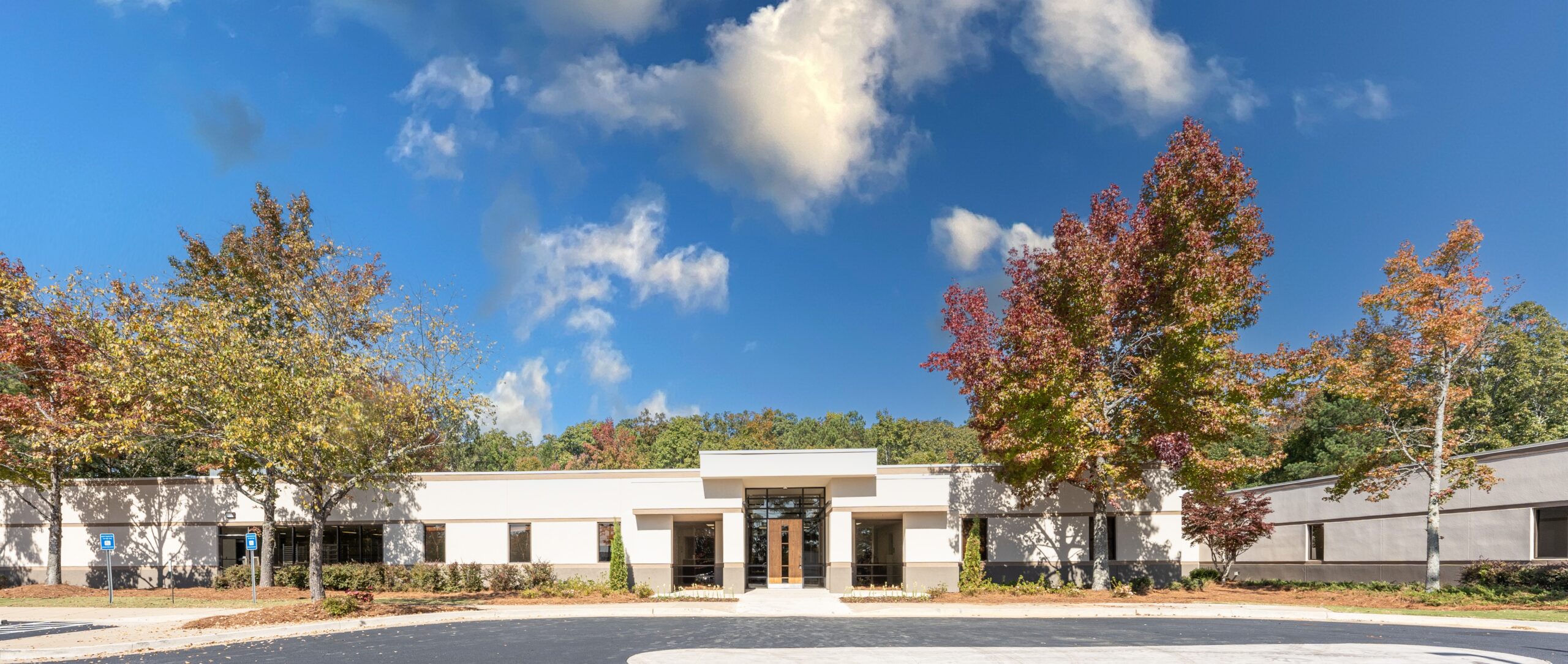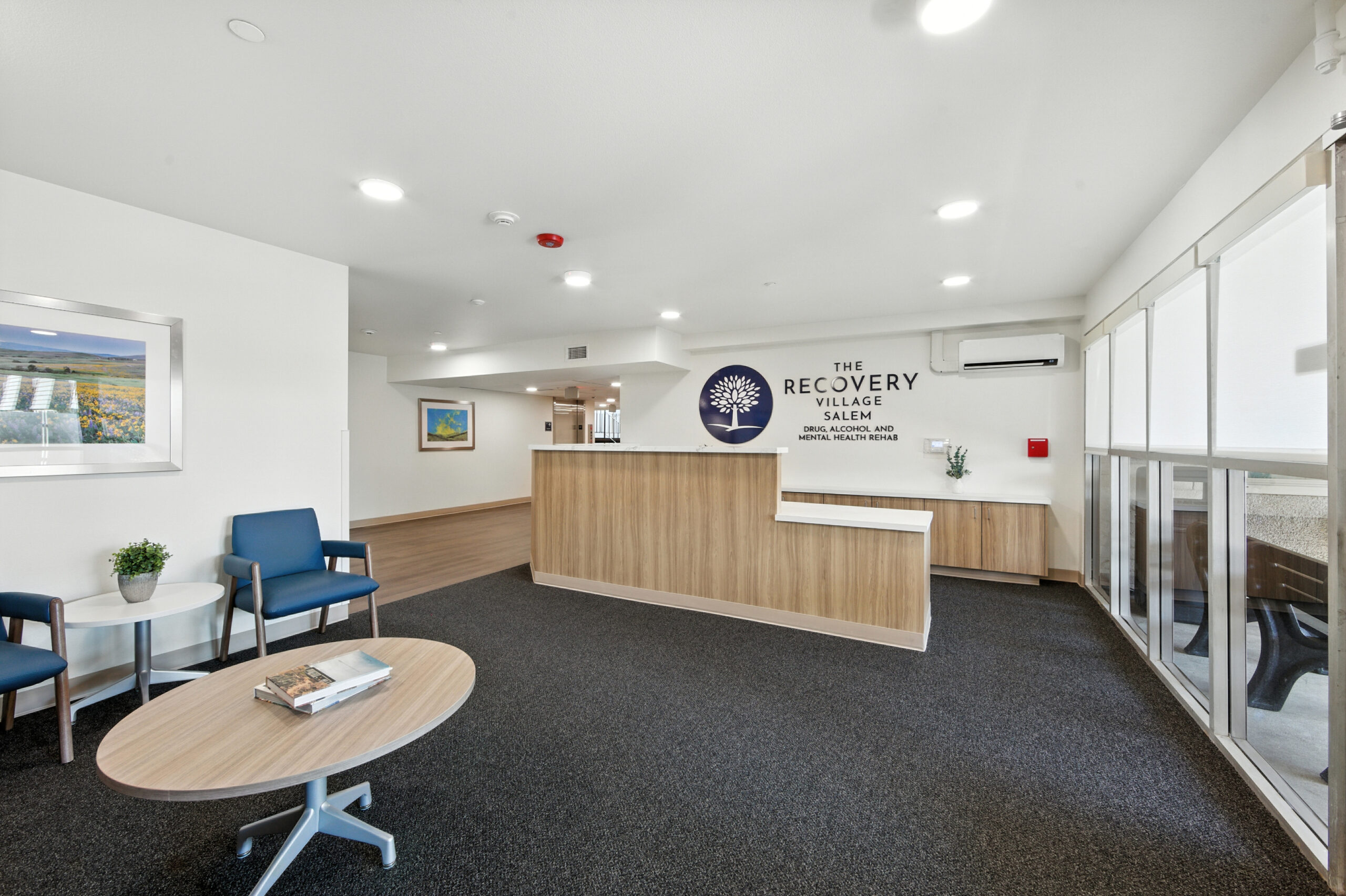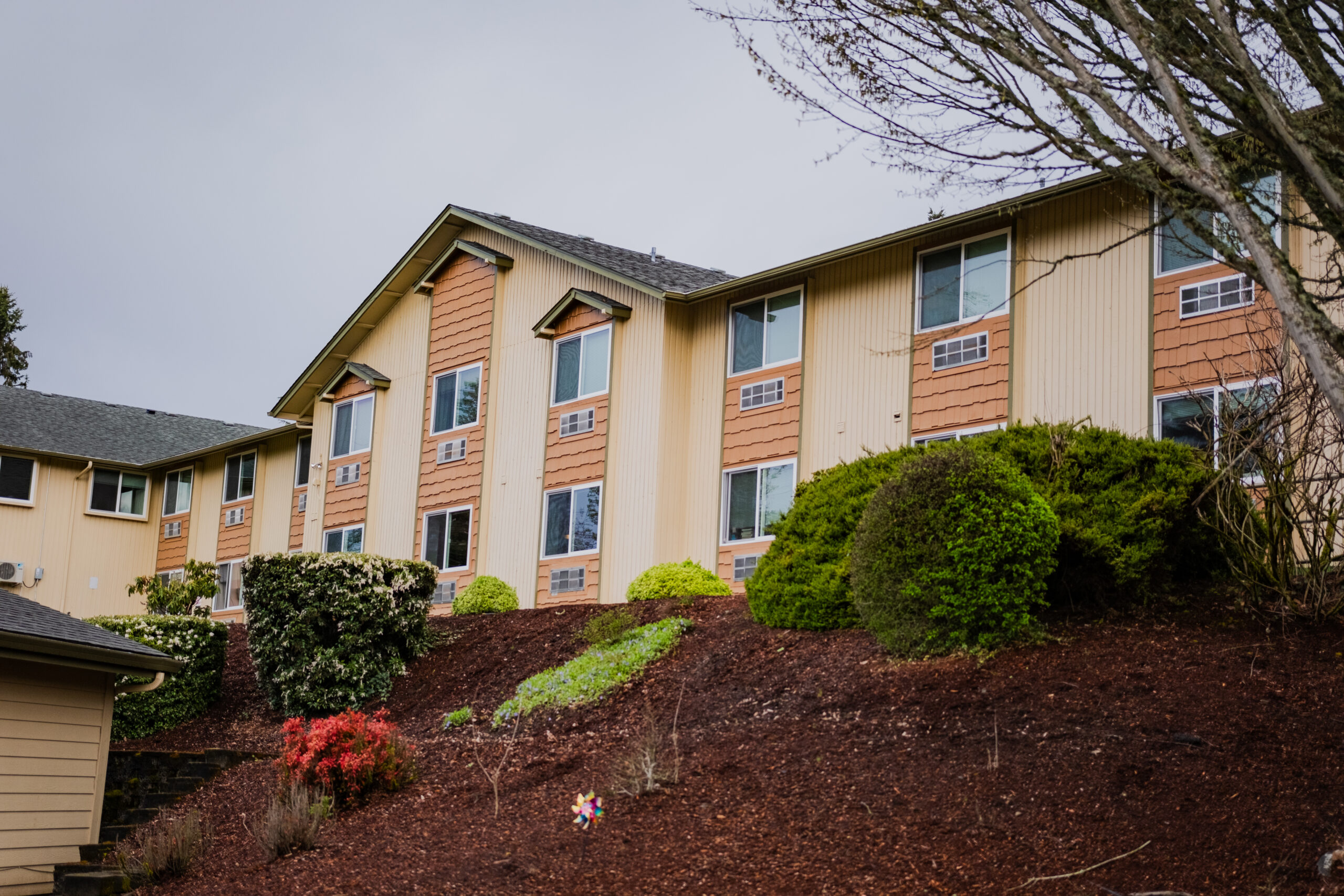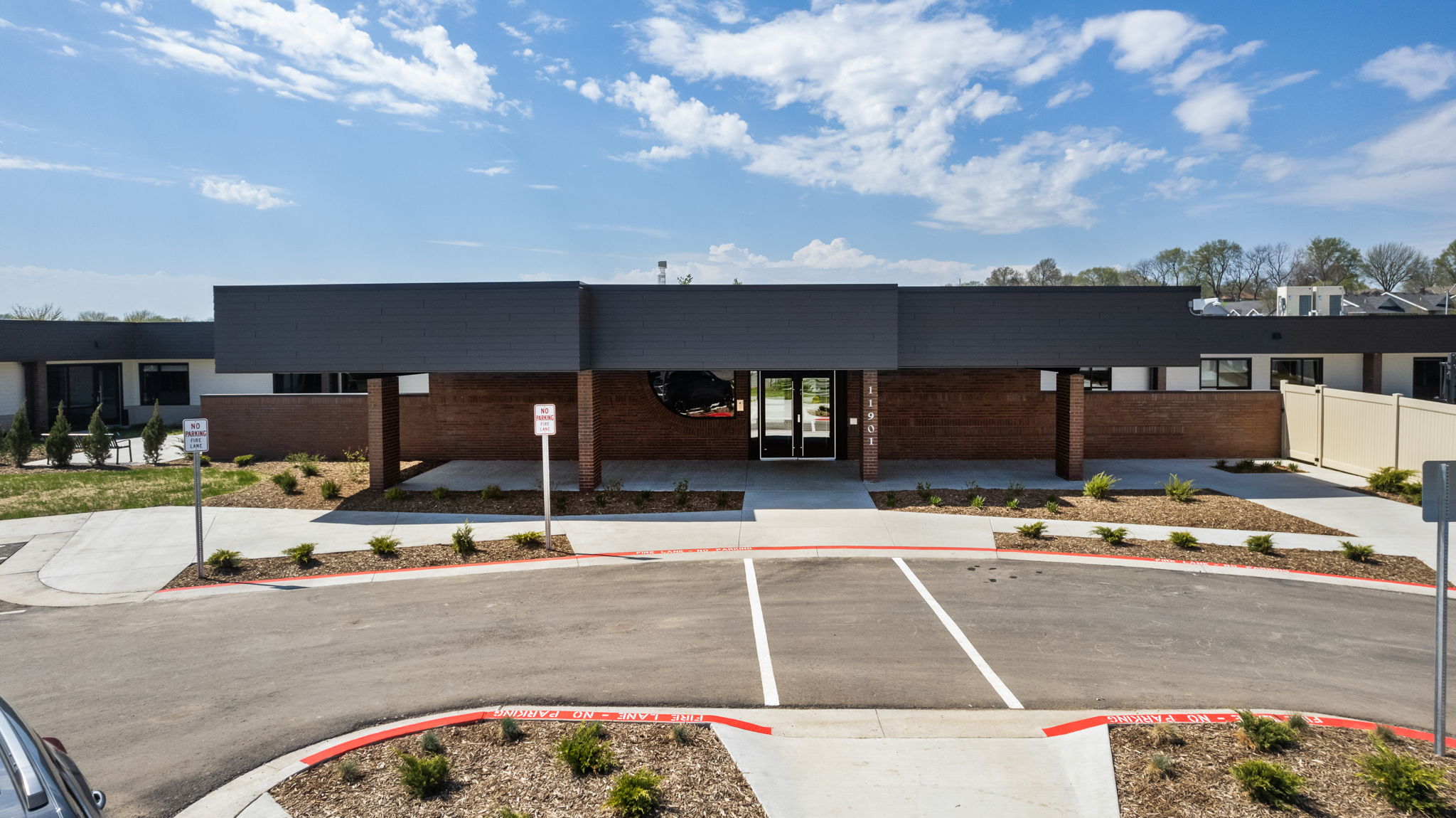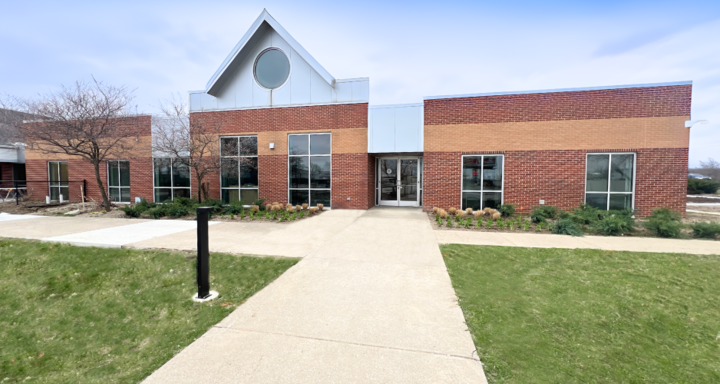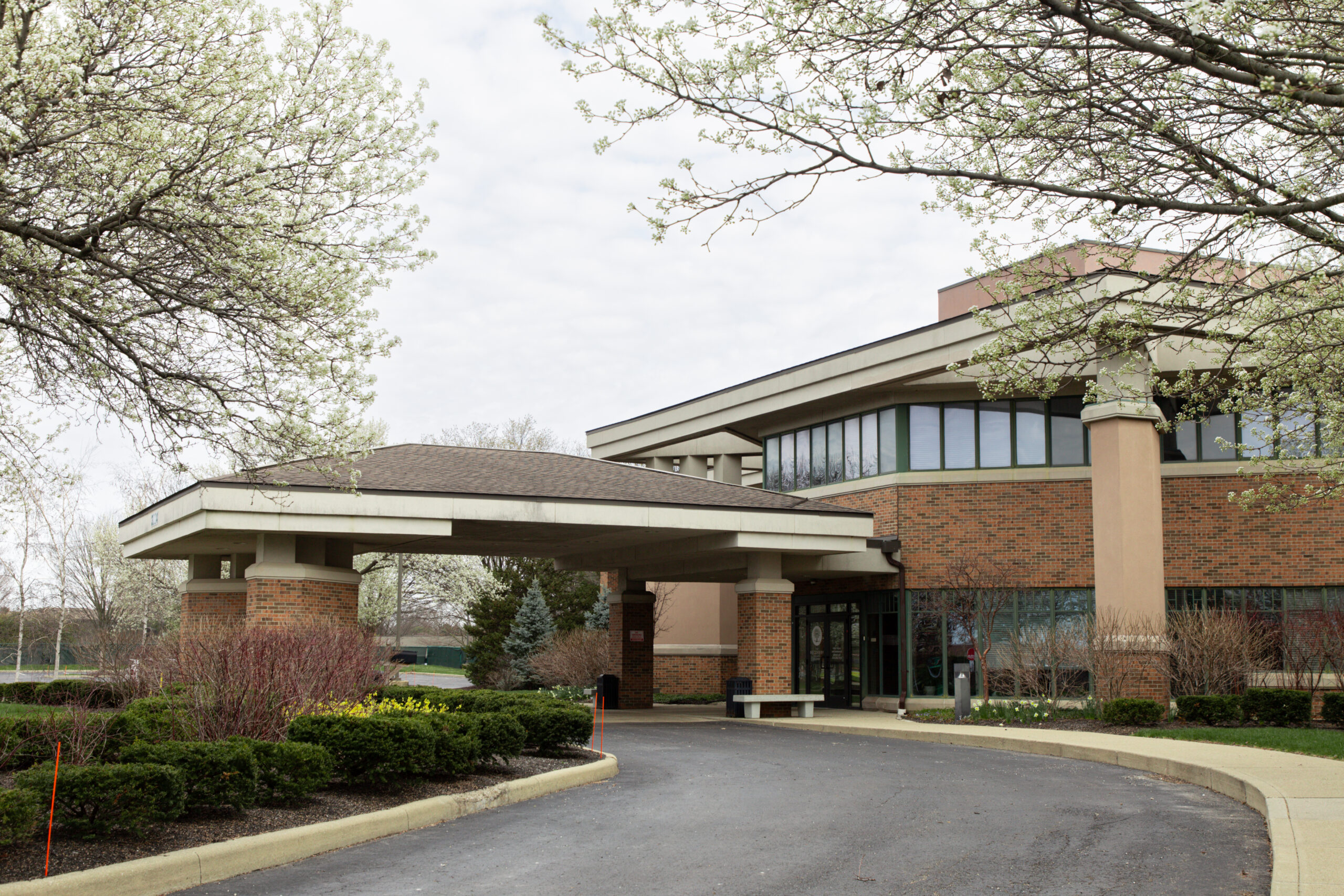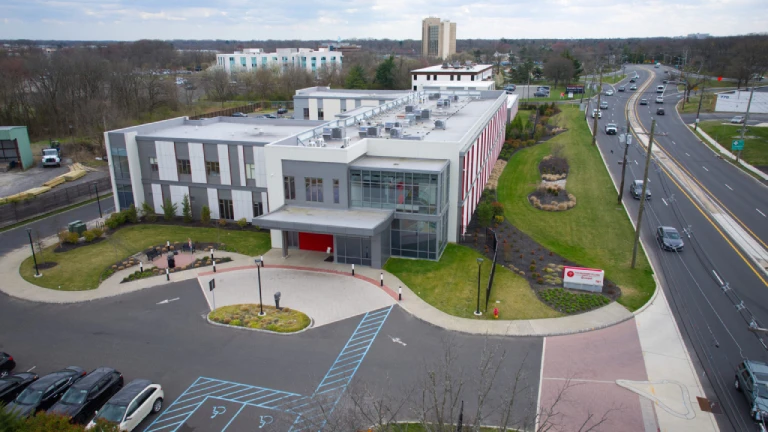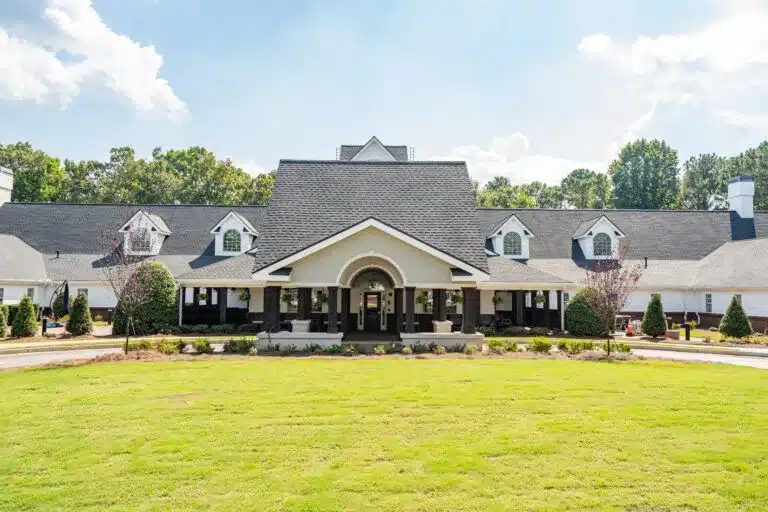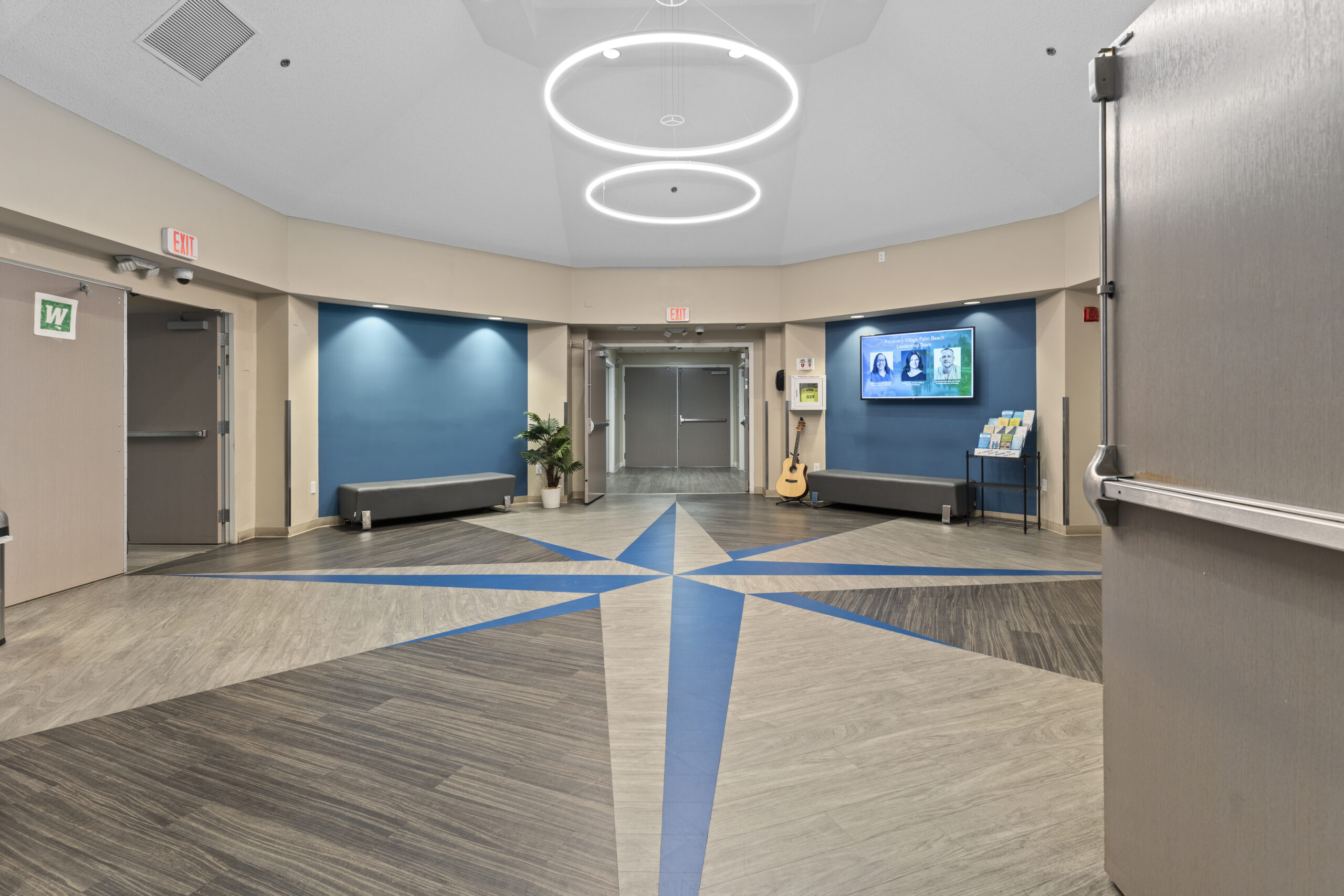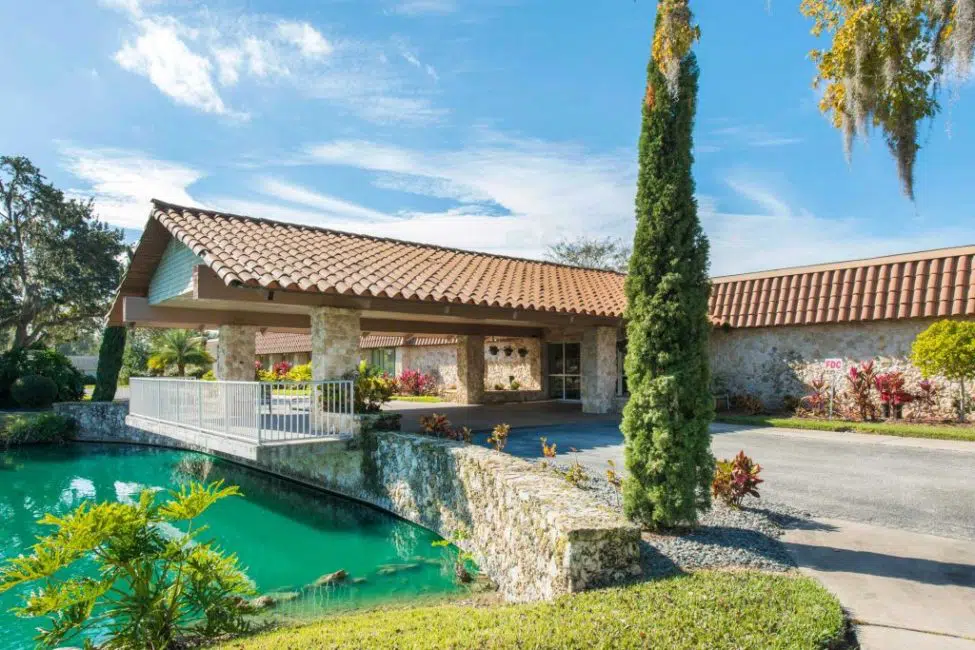Key Takeaways
- Sober living homes provide a structured, substance-free environment for individuals recovering from addiction, often following rehabilitation programs.
- Costs for sober living homes vary widely, from $500 to $5,000 per month, influenced by location, amenities, and support services.
- Residents typically bear financial responsibility for their stay, using personal savings, loans, or employment income to cover expenses.
- Insurance coverage for sober living homes is limited, as they are not classified as formal treatment programs under most health insurance plans.
- Government assistance, such as HUD grants, can support sober living homes, but funding is often insufficient to meet demand.
- Non-profit organizations and charities provide crucial funding for sober living homes, often requiring 501(c)(3) status for eligibility.
Sober Living Homes and Their Role in Recovery
What Are Sober Living Homes?
Sober living homes, also known as recovery housing or halfway houses, are structured living environments for individuals who are in the process of recovering from substance use disorders. These residences serve as a bridge between formal treatment programs and mainstream society, providing a supportive and substance-free space that fosters continued sobriety. Residents typically have completed a rehabilitation program and are expected to abstain from alcohol and drug use while living in these homes.
Purpose and Benefits
Sober living homes prioritize a safe and supportive environment, emphasizing accountability, community, and the development of life and coping skills necessary for long-term recovery. They offer various benefits, such as increased accountability, access to recovery resources, and opportunities for personal growth. These homes often cater to specific groups, such as veterans, individuals with co-occurring disorders, or women with children, ensuring tailored support that addresses unique recovery needs.
Duration of Stay
While the duration of stay in sober living homes can vary, longer stays are generally associated with more positive outcomes. The goal of these homes is not just to provide a roof over one’s head but to cultivate a community of peers dedicated to mutual support and the shared journey towards lasting sobriety.
The Cost of Sober Living Homes
The cost of residing in a sober living home can vary significantly based on several factors, including location, amenities, and the level of support provided. Rent for these homes typically ranges from $500 to $5,000 per month, with some homes averaging between $450 to $750.
Basic Needs to Luxury Amenities
Some homes operate more like apartments, with costs comparable to local housing rates and potential additional fees for utilities and maintenance. In contrast, luxury sober living homes may offer resort-like amenities and cost upwards of $2,000 per week. It’s important to note that while these homes are crucial for recovery, they are often financially independent and may not accept insurance coverage, placing the financial responsibility on the individual.
Determinants of Sober Living Home Costs
The cost of residing in a sober living home is not uniform and can be affected by multiple factors:
- Geographic location: Homes in metropolitan areas or regions with higher living expenses generally command a higher fee than those in smaller towns or areas with a lower cost of living.
- Amenities: Amenities can range from basic accommodations to luxury settings with private rooms, gourmet meals, and on-site therapy services. Naturally, homes with more upscale amenities tend to be more expensive.
- Intensity and type of support services: The services offered can influence the overall cost. Sober living homes offering extensive recovery programs, professional staffing, and personalized support may have higher fees to reflect the quality and breadth of services available.
- Additional fees: Fees such as application and move-in fees can add to the total expense of the stay.
Understanding these cost factors is crucial for individuals seeking sober living arrangements, as it allows them to budget accordingly and select a home that aligns with their financial capabilities and recovery needs.
Navigating Financial Responsibilities for Sober Living Homes
Managing Expenses
Residents of sober living homes are generally expected to take financial responsibility for their stay, a key component of fostering independence and accountability in recovery. Living in a sober home typically includes rent, utilities, and other living expenses. While each home may have different rules and expectations, the emphasis on personal responsibility is the common thread.
Payment Methods
Residents may explore various methods to manage these expenses, such as:
- Utilizing personal savings or checking accounts.
- Selling personal property or assets.
- Seeking loans from friends, family, or financial institutions.
- Employment income to meet financial obligations.
Limitations of Insurance and Government Assistance Programs
It is important to note that while some government assistance programs and limited insurance options may offer some support, they often do not fully cover the costs of sober living homes. As such, individuals are encouraged to plan and prepare for these expenses as part of their commitment to a sober lifestyle. In doing so, residents contribute to the operational sustainability of the sober living home and take an active role in their recovery process by managing their financial responsibilities.
Common Payment Methods for Sober Living Home Expenses
Individuals residing in sober homes often have various options to cover their living expenses.
Traditional Methods of Payment
Traditional payment methods such as cash and checks are commonly accepted, allowing residents to pay directly with physical currency or bank-issued checks. Credit and debit cards are widely used for their convenience and the ability to track expenses easily.
Digital Payments Options
With the advent of digital technology, online bank transfers have become a popular method due to their immediacy and security. These transfers allow individuals to send money directly from their bank accounts to the sober living home’s account. Furthermore, mobile payment apps and peer-to-peer (P2P) services such as Venmo, Zelle, and Apple Pay offer a modern and user-friendly way to manage payments without needing cash or checks. However, their use may be limited due to security concerns.
Payment Method Considerations
Residents should choose a payment method that ensures timely and secure transactions, keeping in mind any additional fees or charges that may apply. Factors such as convenience, transaction speed, and record-keeping capabilities should be considered when selecting a payment method to maintain financial stability while in recovery.
Navigating Insurance Options for Sober Living Home Expenses
Insurance Coverage Challenges
Insurance coverage for sober living homes is a complex area, as it intersects with healthcare policies and the specifics of addiction treatment support. While the Affordable Care Act (ACA) mandates that insurance providers cover substance use disorder treatments, it does not classify sober living homes as formal treatment programs. Consequently, most insurance plans do not cover residing in sober living homes. However, individuals must verify with their insurance providers as some may offer coverage under the mental health benefits section for services associated with sober living, such as ongoing medical care or therapy.
In cases where insurance does not extend to sober living expenses, individuals may need to explore alternative funding methods, seek out sober living homes that operate on a sliding scale or offer scholarships.
Insurance Coverage for Sober Living Homes
Traditional Health Insurance
Traditional health insurance plans, including private insurance, Medicaid, and Medicare, may cover certain aspects of sober living. Still, reviewing policy details or consulting with an insurance representative to understand specific benefits is crucial. Health Maintenance Organizations (HMOs), Preferred Provider Organizations (PPOs), Exclusive Provider Organizations (EPOs), and Point of Service (POS) plans are examples of different insurance types, each with varying benefits and limitations.
“Supportive Environment” Versus “Medical Treatment”
Sober living homes provide a supportive environment rather than direct medical treatment, which is why many traditional health insurance plans do not cover the cost of residing in such facilities. However, the Affordable Care Act (ACA) mandates insurance providers to cover ten essential benefits, including treatment for substance use disorders, which may indirectly affect coverage decisions related to sober living environments.
Sober Living Insurance
It’s also important to note that insurance policies tailored specifically for sober living homes, known as Sober Living Insurance, exist to meet the unique needs of recovery residences. These policies provide a comprehensive suite of property and casualty coverages for for-profit, non-profit, and faith-based sober living homes, recovery residences, and transitional living facilities.
When seeking insurance for a sober living home, confirming that the chosen policy includes an enhancement endorsement that adds coverage for sober living situations is essential, as most homeowners’ policies exclude such coverage.
Insurance Coverage Limitations and Exclusions
Insurance coverage for sober living homes can have various limitations and exclusions that policyholders must be aware of.
- Exclusions are specific conditions or circumstances that are not covered by an insurance policy. These are critical for defining the coverage scope and understanding the potential gaps in protection. For instance, certain policies may exclude coverage for treatments or stays related to alcoholism or drug addiction, which could significantly impact individuals seeking support from sober living homes.
- Policy limitations can restrict coverage in nuanced ways, such as imposing time limits for pre-existing conditions. For example, a health insurance policy might not cover any medical condition treated or diagnosed within a specified period before the policy start date. However, after a certain period, such as six months to a year, the policy may begin to provide coverage for those pre-existing conditions.
Understanding these exclusions and limitations is crucial for individuals relying on insurance to fund their stay in a sober home. It is imperative to review policy documents carefully and consult with insurance providers to clarify the extent of coverage. In some cases, disputes over the interpretation of exclusions and limitations may be resolved in favor of the policyholder, especially if the language in the policy is ambiguous. Policyholders should be vigilant about their coverage specifics to avoid unexpected financial burdens due to denied claims.
Government Assistance for Sober Living Homes
Federal and State Support
Government assistance plays a significant role in funding sober living homes. Federal, state, and local government agencies often provide grants tailored to addiction recovery and sober living initiatives. For example:
- HUD Programs: The United States Department of Housing and Urban Development (HUD) has allocated funds through programs like the Recovery Housing Program (RHP), which the SUPPORT for Patients and Communities Act authorized. This act aims to support substance use disorder prevention, recovery, and treatment efforts.
- State-Specific Grants: State-funded sober living homes can also benefit from transitional housing grants, essential for many individuals in recovery. Specific states, such as Arizona, have received funding due to high addiction rates and overdose deaths, indicating a targeted approach to addressing local needs. For example, Arizona’s Department of Housing received over $820,000 in funding for the fiscal year 2021 to support qualified sober living home operators.
Overall, government assistance for sober living homes is multifaceted and can significantly impact the availability and quality of recovery housing. More funding is still needed to meet the demand and ensure that individuals in recovery have access to the supportive environment they require.
Overview of Government Assistance Programs for Sober Living Homes
Government assistance programs for sober living homes are designed to offer financial aid and resources to those in need, including low-income individuals, disabled persons, seniors, homeless populations, families, children, tenants, veterans, and others who meet specific eligibility criteria. The types of assistance available can be broadly categorized into social welfare programs, social insurance, and various forms of subsidized housing and healthcare services:
- Social Welfare Programs: Temporary Assistance for Needy Families (TANF) and Supplemental Nutrition Assistance Program (SNAP) offer essential support for daily living expenses.
- Healthcare and Medical Assistance: Services like Medicare and Medicaid provide healthcare coverage, which may indirectly support individuals in sober living homes by covering health-related expenses.
- Housing Assistance Programs: Subsidized rental housing, the Housing Choice Voucher (HCV) program (formerly Section 8), and US Department of Housing and Urban Development (HUD) public housing help reduce the cost of housing, making sober living homes more accessible.
- Disaster Relief and Job Loss Support: Programs are available to assist those who have experienced a change in life circumstances, such as job loss or disasters, that could potentially affect their ability to afford sober living accommodations.
Government Assistance Eligibility and Application Processes
Government assistance programs are crucial in supporting needy individuals, including those seeking sober living homes. These programs, along with some of their eligibility requirements, include the following:
- To be eligible for programs like Temporary Assistance for Needy Families (TANF), applicants must typically be residents of the state where they apply, US citizens or qualifying aliens, and have low or very low income. Specific programs may have additional criteria, such as unemployment or underemployment status, and household composition, such as having a child. TANF and other welfare benefits are managed at the state level, so checking local requirements is essential.
- Housing assistance is available through programs like the Housing Choice Voucher (HCV) program, formerly Section 8, and HUD public housing. HUD provides guidelines, but again, specifics vary by state.
- The Supplemental Nutrition Assistance Program (SNAP) offers nutrition assistance, and eligibility can be determined through the SNAP Application and Local Office Locators page.
To apply for most government assistance programs, individuals can visit official state websites, call designated phone lines, or use resources like USA.gov’s Benefit Finder for guidance.
Non-Profit and Charitable Funding for Sober Living Homes
The Role of Non-Profit Organizations
Non-profit organizations and charities play a crucial role in the financing of sober living homes, offering a lifeline to those seeking recovery from substance abuse. These entities provide essential funding that can help cover operational costs, making recovery accessible to individuals who might otherwise be unable to afford it.
Obtaining 501(c)(3) Status
Obtaining a 501(c)(3) status is often a key step for sober living homes to access such funding, as it designates them as a non-profit entity eligible for tax-exempt benefits and charitable contributions. Detailed record-keeping and proper classification of workers are critical for maintaining this status and ensuring compliance with tax laws.
Grant Opportunities
Sober living homes can also apply for government grants to support substance use recovery facilities. For instance, the Sober Living Foundation offers grants to eligible homeowners to help run the facility, although these typically require upfront payment and subsequent proof of expenses. Grant proposals must be persuasive, detailing the home’s objectives, services provided, and community impact to increase the likelihood of funding approval. Additionally, sober living homes participating in research or training may be eligible for funding from organizations like the National Institutes of Health (NIH).
Applying for Non-Profit and Charitable Assistance
Applying for non-profit and charitable assistance involves steps to ensure legal and financial compliance.
Tax-Exempt Status
To begin, organizations must be legally formed and recognized, with IRS tax-exempt status. The primary document for applying for tax-exempt status as a charitable organization is IRS Form 1023. Once granted tax-exempt status, organizations can avoid paying federal income taxes and are eligible to receive tax-deductible charitable contributions.
Applying for Grants
For non-profits seeking grants, the Grants.gov website is a comprehensive resource outlining eligibility for various government grants. Non-profits must meet the eligibility criteria before applying to avoid wasting time and resources. Additionally, the IRS website provides resources on the lifecycle of an exempt organization, including applying for tax-exempt status and understanding charitable contributions.
Aligning with Other Companies
When seeking financial assistance, non-profits should consider aligning with foundations or companies with similar values. This strategic approach can increase the likelihood of securing grants well-suited to the organization’s funding needs. Furthermore, the Economic Development Administration offers grant resources and maintains a directory to help non-profits find funding opportunities at the state or city level.
Drug, Alcohol and Mental Health Treatment at The Recovery Village
At The Recovery Village Rehab Centers, we take the extra steps to treat your addiction or mental health needs by offering a full continuum of care. From medical detox to rehab to aftercare, we are focused on supporting your recovery every step of the way.
Our representatives can answer your questions and guide you toward treatment in your area. Your call will be confidential, and you don’t have to commit to a program to learn more about treatment options. Call today and find out how we can help you towards a healthier, happier future.




